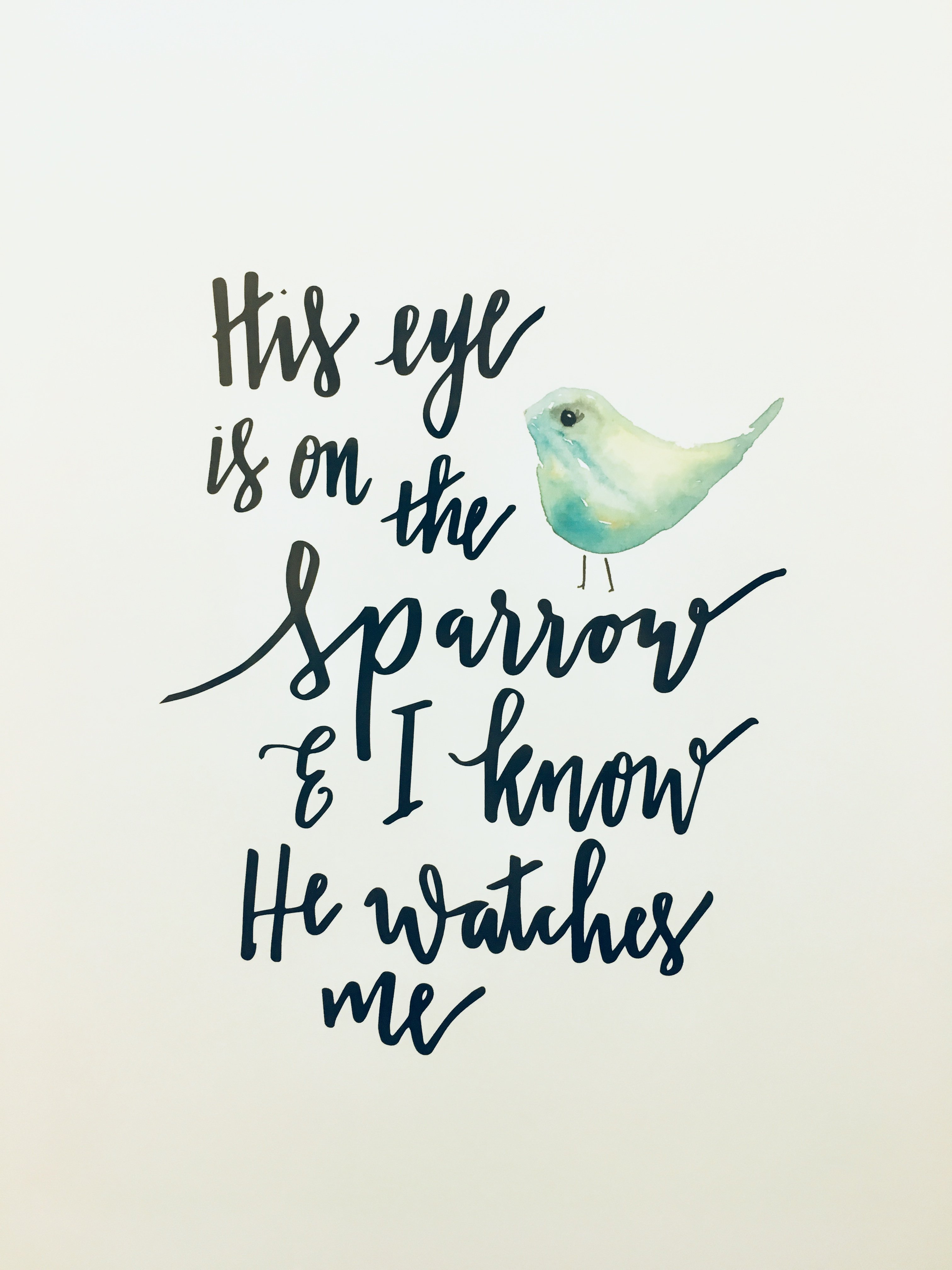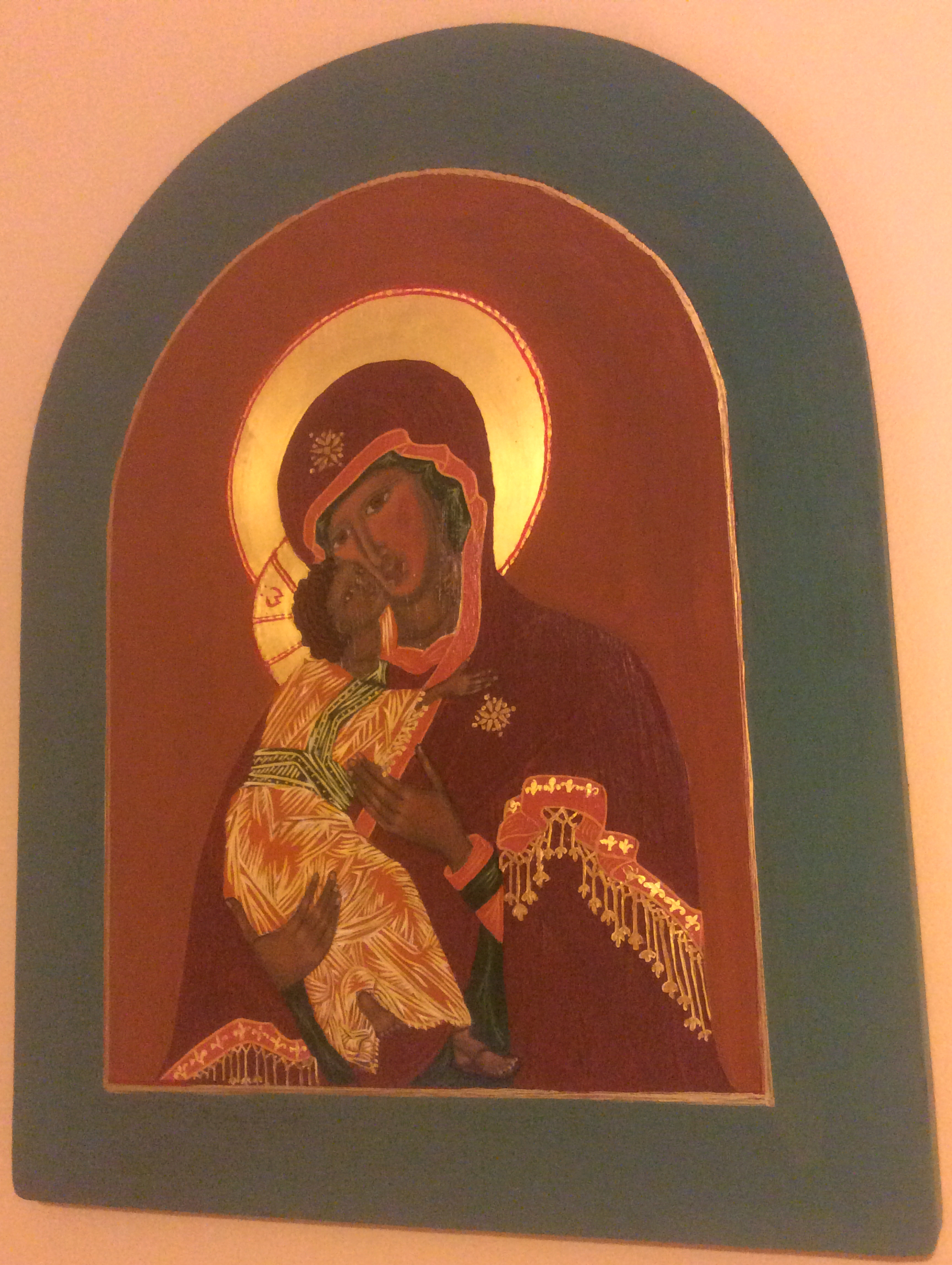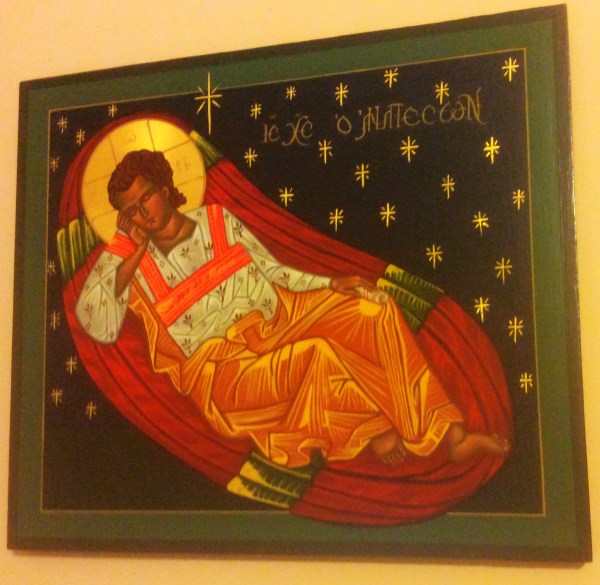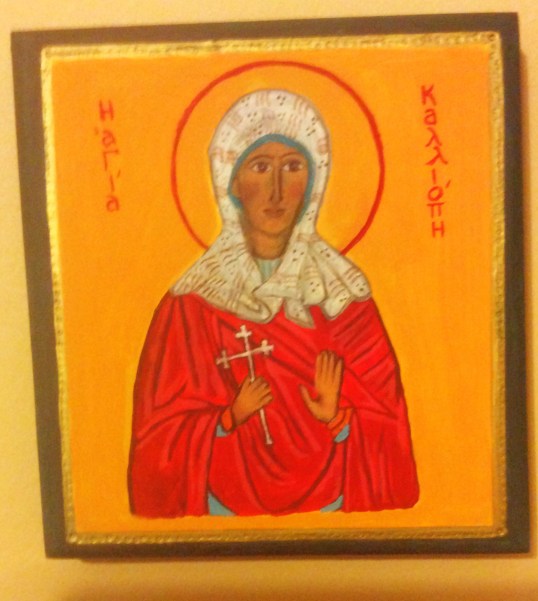
This is not a “ripped from the headlines” opinion article. It is not about a current crisis going on in the world, though I could write about many. But since it’s Friday, how about a gentler and kinder blog post on a subject easier to contemplate, one that hints at real joy!
This blog post is about something as old as time, something timeless and enduring and cherished. Something that is meant, among other things, to bring us joy. It’s about the music that tells our stories — the stories of a nation, of a community, of a church.
The benefits of music on the mind and body have been recognized since the days of the Greek philosophers. According to Plato, music “gives soul to the universe, wings to the mind, flight to the imagination, a charm to sadness, gaiety and life to everything.”
Today, researchers and scientists continue to explore how music affects emotions by improving and enriching the way we think, feel and relate to the world. So we might ask the researchers, “where is our music?” Those in the know say that our music is in the right side of our brains, but researchers also tell us that listening to and performing music impacts the brain as a whole. Music stimulates both halves of the brain — the analytical brain (left) and the subjective-artistic brain (right). While the left brain processes elements in music such as pitch, tempo and structure, the right brain — often considered the more creative hemisphere — focuses on the melody in the music.
And that’s all the physiological and psychological, scientific trivia I have about music. What I really want to share is how music affects worship. Where is our music when we worship?
I happen to be Baptist, and Baptists have deep roots in musical expressions of worship, seldom finding it difficult to sing from the heart — with unbridled joy — making melody and harmony that would soar through church sanctuaries large and small, simple and ornate.
Hymn singing has long been one of the most cherished acts of worship for Baptists. I dare say that many Baptists remember hearing about “the great hymns of the church” from an early age and learning about church music in their Music Makers or Young Musicians choirs. If funds allowed, the minister of music (AKA choir director) would receive music booklets from a subscription service designed so that children would learn about hymnody, music in worship, choir member deportment and, as we used to describe it, “singing parts.”
Not so much today. These days, it seems that joyful, exuberant hymn singing is a little more difficult for worshippers. Many congregations are regrettably a bit more restrained than they once were. As for music in my personal experience, well these days the church music in my world is restrained enough to make me wonder, where is our music?
I have to say that our music is still an important element of our church’s worship, with hymns carefully and creatively selected to enhance worship. Then what’s the problem? I believe problem to be our disimpassioned attitude when we sing. That kind of attitude is robbing us of music’s full spiritual expression. I am not, by any means, a professional musician that can comment on hymn texts, hymn tunes, meter, or the history of Christian hymnody. I am merely a worshipper who finds music to be a primary expression of true worship. With a bit of reticence, I approach the conclusion that some of us sometimes sing words without paying attention to their meaning, sing hymns without noticing their theological message, or sadly, do not really sing at all, certainly not from the heart.
It is not for me to ensure that congregations sing and appreciate the words they are singing. I have no power at all to make individuals sing from their hearts. Yet, music that does not come from the heart is something like “fake worship.”
There are so many ways our hymns can touch the heart and aid worship. I mention only three that seem most important to remember.
MUSIC EXPRESSES JOY . . .
Most certainly, our songs and hymns can and should be expressions of joy. People in church don’t smile much, but singing, “then sings my soul, my Savior, God, to Thee, how great Thou art!” ought to cause us to smile with holy joy! The Scripture calls us to joy:
My lips will shout for joy when I sing praise to you—
I whom you have delivered. — Psalm 71:23
Come, let us sing for joy to the Lord;
let us shout aloud to the Rock of our salvation.
Let us come before God with thanksgiving
and extol God with music and song. — Psalm 95:1-2
MUSIC EXPRESSES THEOLOGICALLY SOUND THOUGHTS . . .
The hymns we sing in worship not only inspire us, they instruct us. A hymn like “A Mighty Fortress Is Our God” is theologically sound, proclaiming the attributes of God. There are many such hymns that enhance our knowledge of God. The Scripture challenges us to wisdom and identifies singing hymns as one way we learn.
Let the message of Christ dwell among you richly as you teach and admonish one another with all wisdom through psalms, hymns, and songs from the Spirit, singing to God with gratitude in your hearts. — Colossians 3:16
MUSIC EXPRESSES OUR BEST WORSHIP . . .
When I contemplate that phrase in Colossians — singing to God with gratitude in your heart — I am prompted to more fully express my faith through song. I hope that our singing truly is an act of true worship, a time when we invite the presence of God and the Holy Spirit to be in our midst. Consider Solomon’s dedication of the temple. When all the preparations were done and the temple was finished, the worshippers sang and played instruments as an expression of praise, and the result was astounding.
The trumpeters and musicians joined in unison to give praise and thanks to the Lord. Accompanied by trumpets, cymbals and other instruments, the singers raised their voices in praise to the Lord and sang:
“He is good; his love endures forever.”
Then the temple of the Lord was filled with the cloud,
and the priests could not perform their service because of the cloud,
for the glory of the Lord filled the temple of God. — 2 Chronicles 5: 13-14
So I wonder: where is our music? Do we find it through our casual singing of three hymns every Sunday, or it is more than that? Could we make our singing more personally meaningful by paying closer attention to the words of a hymn, receiving the thoughts expressed in the hymn into our spirit and reacting to them as part of our expression of worship?
I don’t know exactly what a temple “filled with the cloud” looks like. But it seems that a result of our songs of praise might well become cloud-like, as God’s Holy Spirit joins us in worship and fills the sanctuary with the power of wind and flame.
Don’t we need that kind of worship experience?



 I contemplate the shepherds who drew near to the Child following the light of a strange star. I imagine that whatever faith they had, no matter how small, brought them to their knees. Pilgrims who lived on the land, they found their way to the manger and, in adoration, knelt before this Child, in this manger, on this night.
I contemplate the shepherds who drew near to the Child following the light of a strange star. I imagine that whatever faith they had, no matter how small, brought them to their knees. Pilgrims who lived on the land, they found their way to the manger and, in adoration, knelt before this Child, in this manger, on this night.

 I seldom talk much about the spiritual disciplines that have given me strength. A private retreat — just me and God — in a beautifully isolated hermitage was one of the most powerful spiritual experiences of my life. While there, I also practiced another of my spiritual disciplines — iconography.
I seldom talk much about the spiritual disciplines that have given me strength. A private retreat — just me and God — in a beautifully isolated hermitage was one of the most powerful spiritual experiences of my life. While there, I also practiced another of my spiritual disciplines — iconography. In describing the purpose of icons, the early Christians used the Greek work anagogic, literally meaning “leading one upward.” Photios Kontoglou, a renowned modern iconographer, expressed this perfectly: “Icons raise the soul and mind of the believer who sees the icon to the realm of the spirit, of the incorruptible, of the kingdom of God, as far as this can be achieved with material means.”
In describing the purpose of icons, the early Christians used the Greek work anagogic, literally meaning “leading one upward.” Photios Kontoglou, a renowned modern iconographer, expressed this perfectly: “Icons raise the soul and mind of the believer who sees the icon to the realm of the spirit, of the incorruptible, of the kingdom of God, as far as this can be achieved with material means.” My love of iconography resulted from the prompting of my dear Aunt Eirene. She was an artist extraordinaire and a gifted iconographer. She studied and practiced to hone her skills and each year, she went to an intensive iconography workshop at a beautiful retreat center. One year, she persuaded me (forced is a more accurate term) to go with her. Of course, I was extremely reticent to try this new art form.
My love of iconography resulted from the prompting of my dear Aunt Eirene. She was an artist extraordinaire and a gifted iconographer. She studied and practiced to hone her skills and each year, she went to an intensive iconography workshop at a beautiful retreat center. One year, she persuaded me (forced is a more accurate term) to go with her. Of course, I was extremely reticent to try this new art form. She was so wise. I began to think more about the Christ Child’s eyes than my own art, and within a day, my iconography transformed from a painting to a prayer. It was worship, meditation and reverence. It touched my soul as I added color to the board, layer upon layer. It was an incredible experience to see the Light. I share with you here some of icons I created, as I remember the experience I had with each of them that opened my soul to the Light.
She was so wise. I began to think more about the Christ Child’s eyes than my own art, and within a day, my iconography transformed from a painting to a prayer. It was worship, meditation and reverence. It touched my soul as I added color to the board, layer upon layer. It was an incredible experience to see the Light. I share with you here some of icons I created, as I remember the experience I had with each of them that opened my soul to the Light.